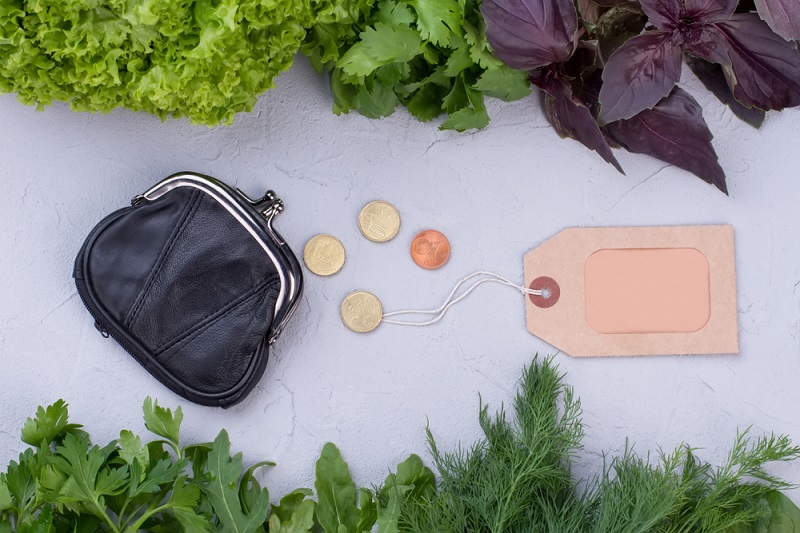On any given day it feels like there are a million valid reasons to grab food from a restaurant rather than cooking at home: You’re busy. You’ve had a tough day at work. Your friends are eating out and want you to join them. A new eatery opened around the corner that you’ve been wanting to try. You got home late last night and really didn’t have time to prepare anything for today. Eating out is an emotional crutch. You have credit within a meal delivery app you’ve been wanting to use. You’ve procrastinated on grocery shopping, leaving your cupboards and fridge bare. It’s fun and convenient to enjoy the occasional meal out. But when eating out becomes your go-to, you’ll start to really notice the toll it takes on your bank account—and probably your overall health, too. We’ve all heard a million times that meal planning is good for your budget and health. But here’s why it pays to take that message seriously. Financial Benefits of Meal Planning Even if your heart says eat out, your wallet says stay in and prepare most of your food at home. Say you, like many Americans, work outside the home. It’s very common for workers to grab lunch at nearby establishments. And, while about $10 per meal might feel like no big deal on a daily basis, it will add up to over $2,500 per year. As CNBC cites, the average lunch prepared at home likely costs closer to $6—or possibly even less if it’s made in a large, cost-effective batch. The financial benefits of meal planning are apparent over the long haul. By skipping a few meals per week and instead using groceries to prepare recipes yielding leftovers, you’ll free up more money for saving, repaying debt, taking a vacation, beefing up your retirement fund, donating or whatever else you’d do if you had more income. Here’s how financial expert and co-founder of Freedom Debt Relief, Andrew Housser, recommends people to manage the costs of making meals: Plan ahead: The less you plan, the more you’ll spend on grabbing spur-of-the-moment ingredients. Sit down ahead of time and think about meals in terms of what you’d enjoy and how much it’ll cost to execute. Buy seasonal: Buying produce and holiday foods in season can save people up to 15 percent. Learn what fruits, veggies and meats are best during what times of year and try to buy early if there’s going to be a price hike on anything in particular (like barbecue fixings during long holiday weekends.) Inventory your kitchen: You probably have more stock items on hand than you originally thought. Inventory your spices, baking supplies, condiments, etc. to avoid buying pricey repeats unnecessarily. Keep it simple: There are lots of delicious recipes calling for inexpensive ingredients, plus many substitutions you can make to keep costs down without sacrificing flavor. Have fun: Incentivize yourself to stick with it by making cooking fun. Invite your friends over for a potluck. Try to emulate your favorite restaurant dish at home. Try a new recipe each week rather than making the same things over and over. Adjusting to meal planning and prepping at home can be challenging, but the financial payoff will be readily apparent over time. Plus, it’s always satisfying to hone your at-home chef skills and impress your family. Health Benefits of Meal Planning Preparing your food at home gives you control over both the price and nutritional value of what you’re ingesting. Although more restaurants are now transparent about calorie counts and nutritional information, it may still surprise you to learn restaurant meals can easily contain 1,400 calories or more a pop. Meal prepping also allows you to cook and eat for nutritional benefit rather than convenience. Consider your balance of proteins, whole grains, fruits, vegetables and healthy fats. Doing so will help you feel better and have more energy. Meal planning is simply great for your financial and physical health, so give it a try at home.

